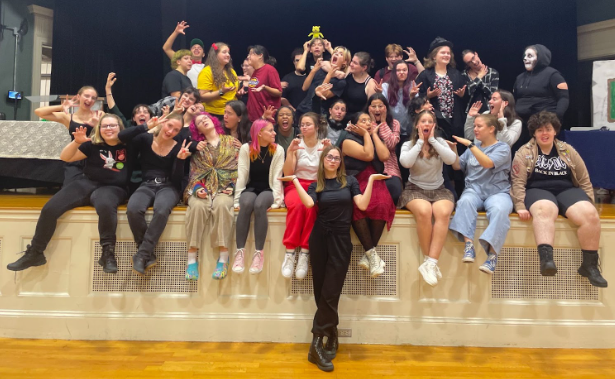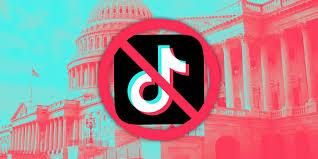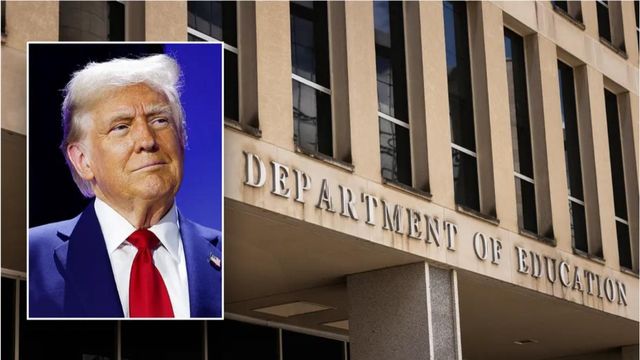So, What Happened to TikTok?
On January 18, millions of TikTok users across the U.S. worst fears had come true—the app had gone dark. A nationwide ban on the platform had officially taken effect, preventing internet service providers and app stores from offering the beloved social media app.
However, just hours after his inauguration, President Donald Trump signed an executive order delaying the ban for 75 days. This sudden policy shift came as a surprise, sparking debate over the future of TikTok in the U.S.
After roughly 12 hours of downtime, TikTok was restored, leaving users relieved but uncertain about what comes next. While the ban is temporarily on hold, the app’s long-term fate remains in question as legal battles and political maneuvering continue to unfold.
Why Did TikTok Go Dark?
TikTok became unavailable in the U.S. following a Supreme Court decision upholding a law requiring its Chinese parent company, ByteDance, to sell the app by January 17, 2025, or face a nationwide ban. The law, which was passed with an overwhelming majority by Congress and signed by President Biden, aimed to sever TikTok’s ties to China over national security concerns.
Since its return to the U.S., TikTok has been fully accessible to users, marking a major reversal from its initial ban. After weeks of uncertainty, the app officially became available for download across app stores on February 14, 2025. While its long-term future remains unclear, for now, TikTok is back in full force, allowing its millions of American users to resume creating, sharing, and engaging with content as usual.
What Happens Next?
As the 75-day delay is still looming, the future of TikTok in the U.S. remains uncertain. President Trump could choose to uphold the ban, forcing the app to shut down once again, or he could simply direct the Department of Justice (DOJ) to ignore it. If the DOJ declines to enforce the law, Apple and Google may continue offering TikTok without facing penalties—effectively making the ban meaningless.
Meanwhile, Trump has hinted that potential buyers for TikTok may be in the works, but ByteDance has repeatedly stated they have no intention of selling. If the standoff continues, it could create broader tensions between the government and major tech firms, raising questions about how future tech regulations will be enforced.
The Future of Social Media
After TikTok’s brief disappearance, many American users flocked to alternative platforms, specifically RedNote. Also known as Xiaohongshu, the China-based platform quickly soared to the top of Apple’s and Google’s app store charts, gaining traction among U.S. users.
Interestingly, many Americans who joined RedNote this week suggested their move was fueled by frustration with the U.S. government’s decision to ban TikTok. What started as a national security debate sparked a wave of digital rebellion, with users embracing another China-based app—ironically, in response to concerns about Chinese ownership of TikTok.
Right now, there’s no true replacement for TikTok if it were to be permanently shut down. While some platforms like Instagram Reels and YouTube Shorts offer similar features, none have captured the same cultural impact or engagement. This gap in the market presents a huge opportunity for developers to create the next cultural sensation, an app that could redefine short-form content and dominate the space TikTok would leave behind.



